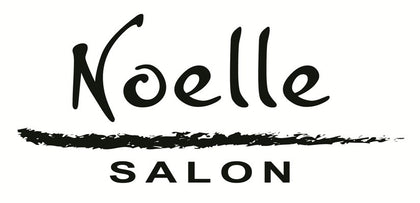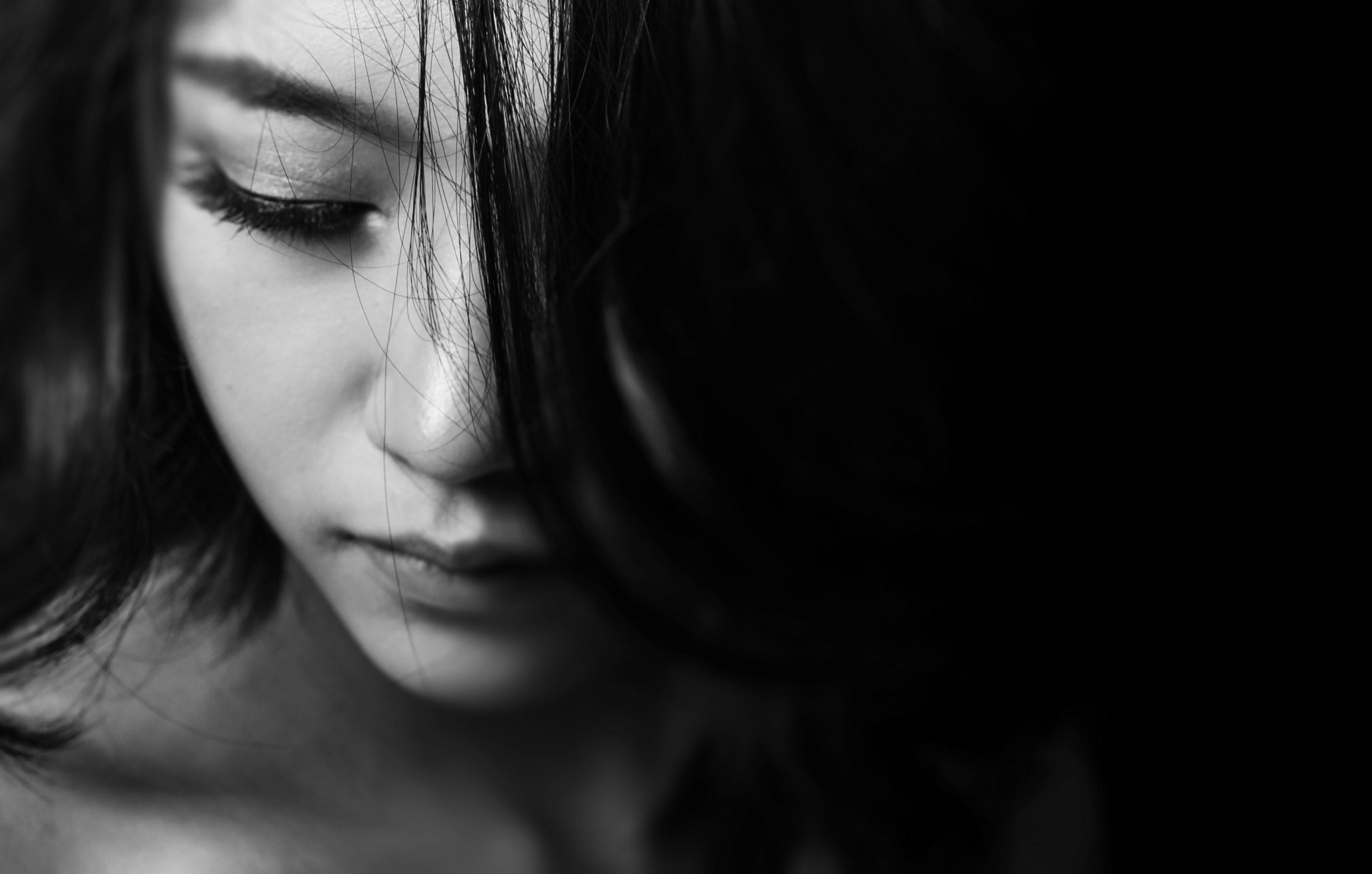Frequently asked questions
1. What is Trichotillomania, and how is it diagnosed?
Trichotillomania (TTM) is a compulsive disorder classified as a mental health condition in the DSM-5. It involves repetitive hair pulling, leading to bald spots, hair damage, and even permanent hair loss. A GP, psychiatrist, or dermatologist can provide a proper diagnosis of trichotillomania and recommend a suitable type of treatment.
2. Can habit reversal training (HRT) help manage Trichotillomania?
Yes, habit reversal training (HRT) is a well-researched type of therapy that helps trichotillomania patients identify triggers and develop a competing response to replace the hair-pulling urge. CBT (Cognitive Behavioral Therapy) and DBT (Dialectical Behavior Therapy) also help in the management of trichotillomania.
3. Can Trichotillomania cause permanent hair loss?
Repeated pulling damages hair follicles, which may lead to bald patches and permanent hair loss. However, in many cases, hair regrowth is possible with the right hair loss treatment, such as custom wigs, integration systems, and hairpieces.
4. What are the treatment options for Trichotillomania-related hair loss?
There are several trichotillomania hair regrowth treatment options, including:
- Non-surgical hair solutions like custom hair integration systems, wigs, and extensions
- Hair loss medication, such as antidepressants (SSRIs), which may help if TTM coexists with anxiety disorders
- Cognitive behavioral therapy (CBT) to address the underlying causes
- Scalp treatments and hair regrowth solutions to encourage healing of damaged follicles
5. Can a hair transplant help Trichotillomania patients?
A hair transplant is generally not recommended for trichotillomania patients unless the individual has completely stopped pulling for a significant period. Continued pulling can damage newly transplanted strands, making the procedure ineffective.
6. Is Trichotillomania related to other mental disorders?
Yes, TTM is considered a mental disorder and falls under body-focused repetitive behaviors (BFRBs), alongside skin picking and body dysmorphic disorder. It also shares similarities with OCD and is often linked to stressful situations, anxiety disorders, and hormonal changes.
7. How does Trichotillomania affect daily routines?
Hair pulling can disrupt a person's daily routine, causing embarrassment, avoidance of social situations, and distress over baldness or missing eyelashes. Many individuals use tools like tweezers to pull strands, further worsening bald spots.
8. Can therapy techniques like Acceptance and Commitment Therapy (ACT) help with TTM?
Yes, Acceptance and Commitment Therapy (ACT), a form of commitment therapy, helps individuals accept their urges while developing healthy coping mechanisms. Other therapy techniques like CBT, DBT, and habit reversal therapy have also shown efficacy in the treatment of trichotillomania.
9. What are the side effects of Trichotillomania?
Besides hair loss, TTM can lead to scalp infections, skin irritation, and emotional distress. Many individuals experience a temporary sense of relief after pulling, but this is often followed by embarrassment, anxiety, or regret.
10. Where can I find Trichotillomania treatment near me?
If you're looking for trichotillomania treatment near me or trichotillomania specialists near me, it's best to consult a dermatologist, GP, or a therapist specializing in BFRBs. We also offer custom hair solutions to support hair regrowth and self-confidence during treatment.





